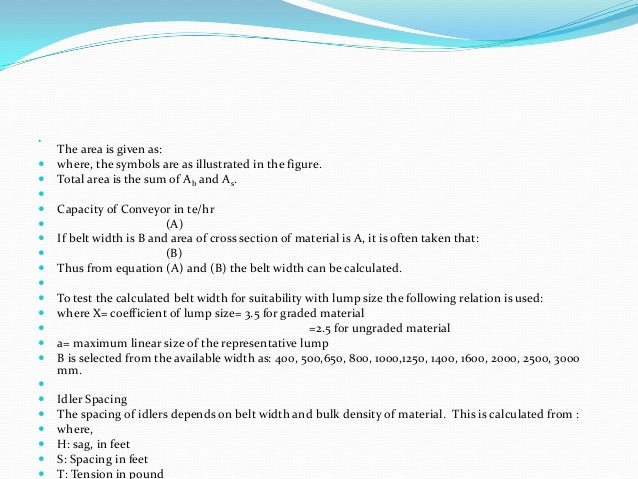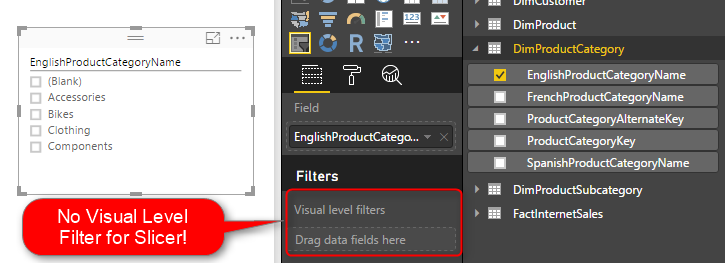Factors that affect pneumatic conveying — Part I. And moisture on pneumatic conveying system design, equipment selection, and operation. Pdoxusrsnet windows 7. Download PDF. Free pdf mechanical conveyors selection and operation. This book is a comprehensive, practical guide and reference to today's mechanical conveyor systems. It covers all types of mechanical conveyors, providing in-depth information on their design, function and applications.
Synopsis • An introductory reference for engineering and industry students, and a reference manual for technologists, design and plant engineers, and operators of solids conveying systems in various industries. Emphasis is on solids characteristics and properties and how they affect conveyor selection and type • Comprehensive and practical this guide and reference to today's mechanical conveyor systems covers all types of mechanical conveyors, providing in-depth information on their design, function and applications. More than 180 photographs and schematics illustrate details of design and system layout.

The book covers various types of bulk solids and the types of conveying systems most effective for each, examines five major categories of conveying systems, with practical details on their design, operation and applications, and presents basic information on motors and drives for conveying systems. The text emphasis practical engineering and operating information, with a minimum of theory. The presentation is systematic and organized for easy reference. Table Of Content • 1.
Introduction General Comments o Conveying and Material Handling o The Material Handling Problem o Equipment Specifications o Standardizing Sources of Additional Information 2. Material Characterization and Analysis General Comments o Representative Sampling o Sample Analysis o Physical Properties and Tests o Qualitative Properties o Material Classification o Coding 3. Belt Conveyors Introduction o Layout o Basic Configuration o Important Material Characteristics o Material Properties o Affecting Conveyability o Components of a Standard Belt Conveyor o Design Belt o Training Belt Feeders o Belt Scales oSpecialty Systems 4. Screw Conveyors and Feeders Introduction o Basic Configuration o Material Classifications o Material Properties Affecting o Conveyability Components of a Screw Conveyor o Hardfacing and Wear Resistance o Conveyor Design Inclined o Conveying Feeders o Flexible Screw Conveyors Screw o Unloaders and Loaders 5. Vibratory Conveyors Introduction o Basic Configuration o Vibratory Feeders versus Conveyors o Material Processing o Material Properties Affecting Conveyability o Components of a Vibratory Conveyor o Modes of Operation o Capacity Spiral Elevators o Reciprocating Slat Conveyors 6. Chain-Type Conveyors Introduction o Basic Configuration o Material Properties Affecting Conveyability o Components of a Chain Conveyor o Conveyor Design o Apron Conveyors oDrag Conveyors oPlain Chain Conveyors o Scraper and Flight Conveyors o En-Masse Conveyors o Tubular Drag Conveyor o Aero-Mechanical Conveyors o Serpentix 7.
Bucket Elevators and Bucket Carriers Introduction o Basic Configuration o Material Properties Affecting Conveyability o Types of Bucket Elevatorso Components of a Bucket Elevator o Design o Conveying High-Temperature Materials o Bucket Carriers 8.  Motors and Drives Introduction o Motors Speed o Reduction o Adjustable Speed Drives o Soft Starting Flexible Couplings and Shaft Alignment Appendices Units and Conversions o Organizations and Periodicals o Motor Terminology and Definitions o Material Characteristics Index Data Tables More than 50 tables provides a wealth of useful reference data on mechanical conveyors and conveyable materials.
Motors and Drives Introduction o Motors Speed o Reduction o Adjustable Speed Drives o Soft Starting Flexible Couplings and Shaft Alignment Appendices Units and Conversions o Organizations and Periodicals o Motor Terminology and Definitions o Material Characteristics Index Data Tables More than 50 tables provides a wealth of useful reference data on mechanical conveyors and conveyable materials.